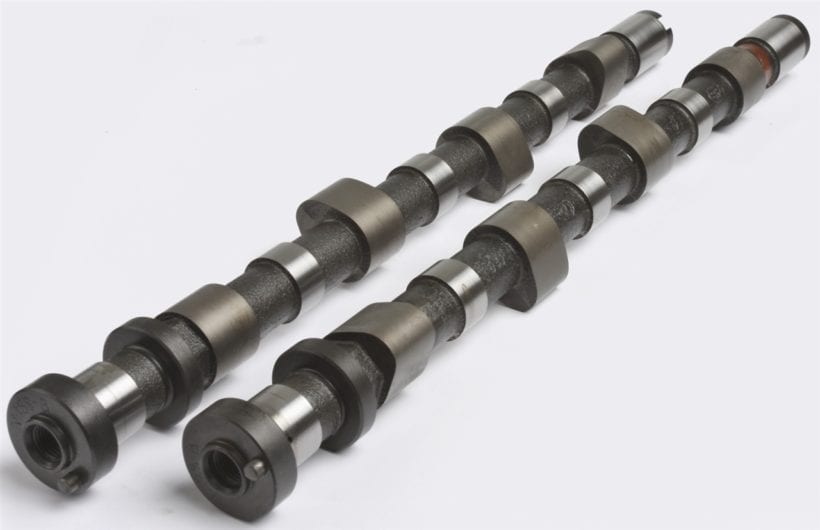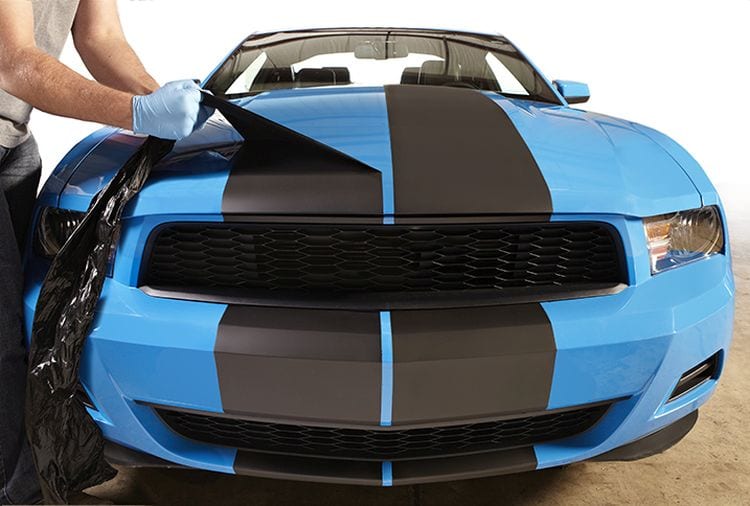Rewind to thirty years ago and making modifications and customizations to your car were much more straightforward than today. Most car owners were able to tackle essential maintenance using nothing more than a trusty Haynes manual and socket set in the comfort of their driveway or garage at home. In fact, if you were short of money and didn’t want the expense of having to pay a garage to service your car, this could be achieved at home with the right know-how.
It was only during the ’80s when things started to change. Engine manufacturers began to use both digital and analog controls for fuel injection, which required the right software to make any modifications. Previously, cars relied on a mechanism called a carburetor which provided fuel to the engine, plus spark plugs, to get the engine started.

So why did this change come about? Mainly, it was because carburetors were considered inefficient. The mixture of air and fuel that they trigger within the engine is not consistent, which can lead to problems with the engine. Additionally, some parts of carburetors, such as the diaphragm, wear out quickly.
When fuel injectors came into existence, they solved this problem by offering a much more efficient way to deliver fuel to the engine. Specifically, they can sensitively increase the air-fuel mixture through acceleration more efficiently and can be tuned using a computer rather than using a screwdriver.
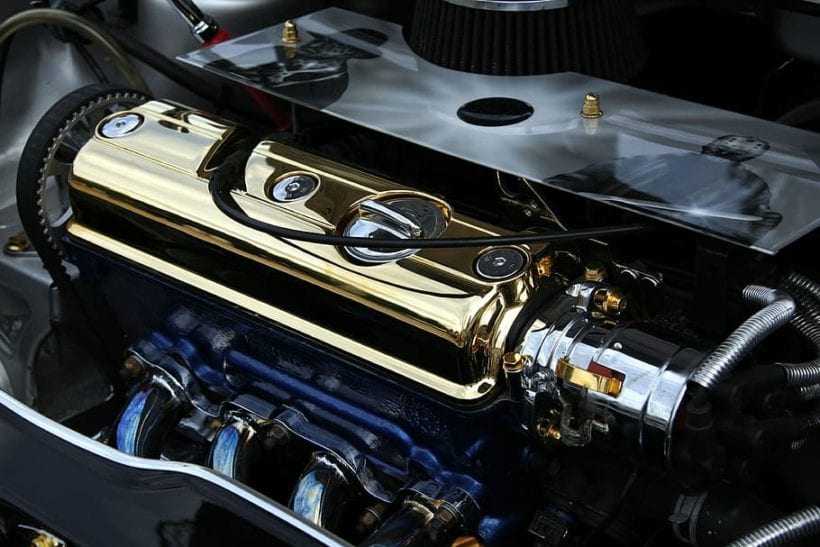
In the present day, car engines are now so sophisticated that only the most experienced technicians can work on them. Owners are increasingly intimidated by their complexities, such as being covered over with plastic covers, and the lack of space under the bonnet for maneuvering while performing upgrades which was not the case many years ago.
One of the most substantial issues is that in the past, car owners could make tweaks to carburetors themselves. However, because these have now been replaced with fuel injection systems, this is no longer possible. Cars are now much more hi-tech than they used to be, meaning servicing them is much more complicated.
The only people that can work on modern cars are trained mechanics. Unfortunately, the days of tuning or modifying your car in your garage on a Sunday afternoon are pretty much over. Instead, paying for replacements and repairs on modern cars can be costly, due to modern technology they now use.
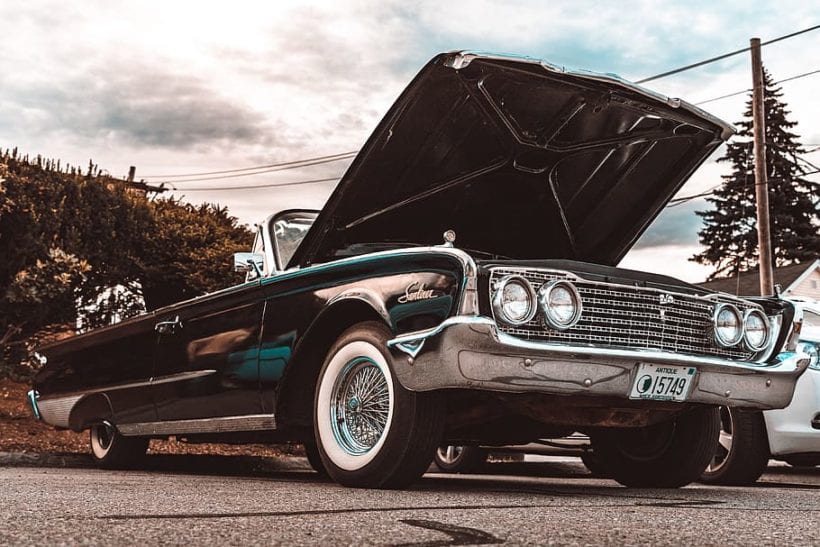
Of course, we’re not suggesting that you shouldn’t have a go at customizing your car yourself, as long as you know what you’re doing. There’s a test available that shows images of car parts. Take the test yourself on the Scrap Car Network site and see if you’re up for the challenge. Otherwise, modifying your vehicle is best left to the experts who can carry out the job quickly, safely and efficiently.
Know Enough About Car Engines to Try Some of These Popular Customisations?
High-Performance Cold Air Intake. These components take cold air from outside and pull it into the engine. They help reduce the resistance and turbulence caused by reduced airflow. Your car’s horse-power improves, and your vehicle becomes faster and more efficient while running.
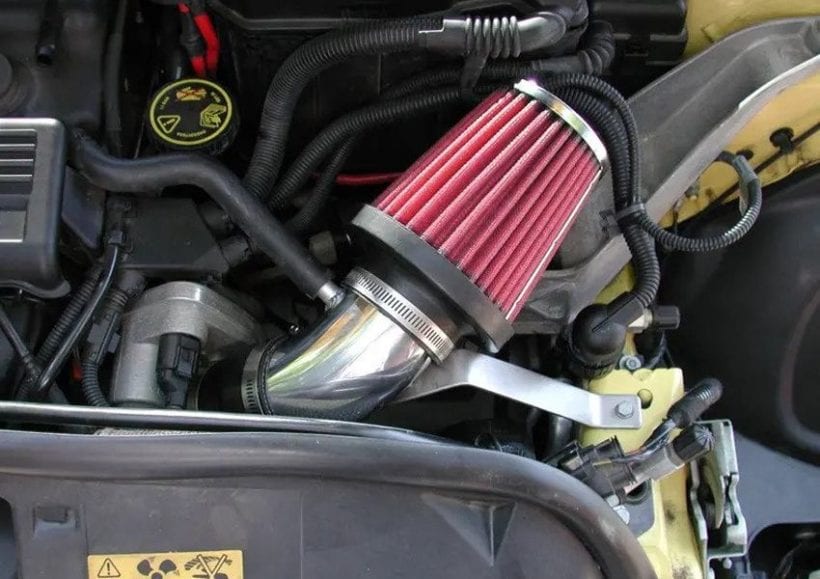
High Flow Air Filter and Intake. If you’re looking to boost your engines horse-power, change your existing air filter over to a higher performance version. It allows your engine to breathe and perform much better. Just be sure to check your state’s regulations, as they’re not legal everywhere.
Short Ram-Air Intake. Air is pushed into the engine at high speed. The velocity created helps it enter the induction system. Because there are few curves in the induction path, and the device is away from a heat source, the air entering the engine expands at a quicker rate than the faster velocity. However, to notice this working, you need to be driving fast.
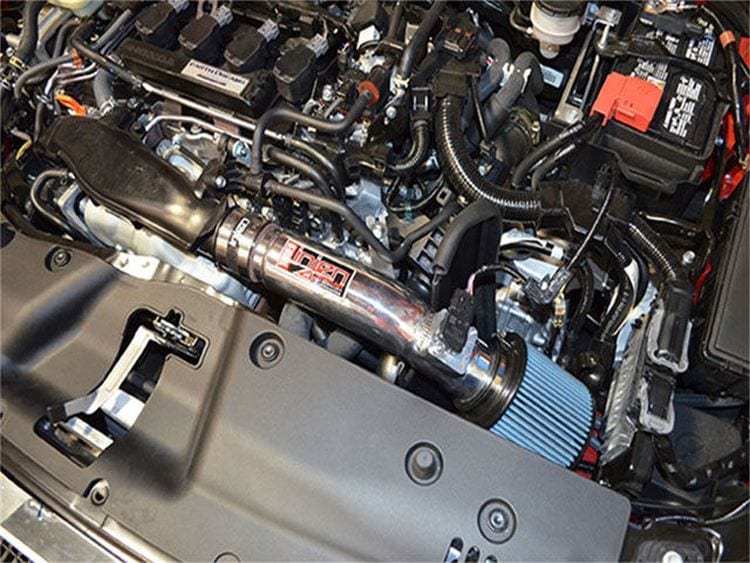
Throttle Body. These work alongside the cold air intake and help enhance the horse-power of your car. They increase the airflow throughout your engine and will enhance the throttle response, helping make the engine feel ‘alive’ while driving.
Performance Chips. If you drive a modern car, the chances are that there’s an onboard computer that regulates things like timing, braking and fuel-to-air ratio. Performance chips override the default settings, resulting in things like better engine power or more efficient fuel usage. Installing them isn’t difficult. Take out the old chip and plug in the replacement!
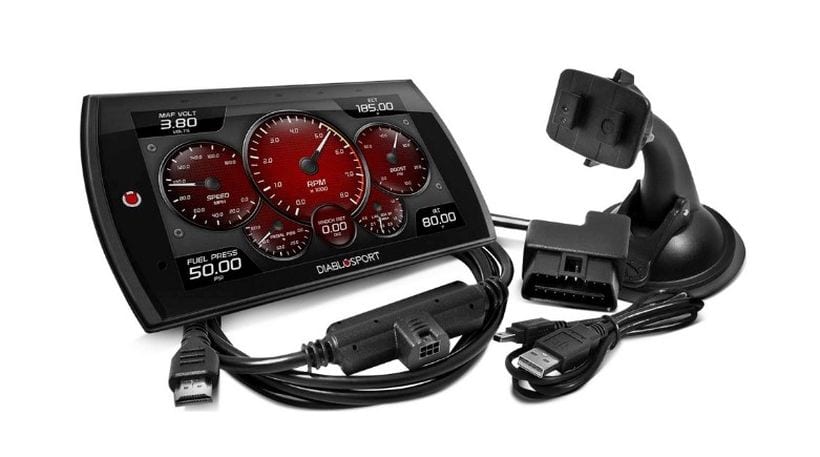
Supercharger. Otherwise known as ‘forced induction systems’ they work by compressing air which flows through the engine. This results in up to 50% increased horse-power. They’re a lot easier to install than a turbocharger and don’t require an intercooler, so there’s less risk of heart issues or a breakdown.
Turbocharger. If you want to improve your car’s horsepower by up to 25%, consider fitting a turbocharger. It gathers power from the belt connected to the engine on the way in and recycles steam from the exhaust to create power. The result? A much faster ride for you and your passengers!

Nitrous. These work by creating more air in the combustion chamber, which helps generate more power. The great thing about them is they can be removed from car to car, meaning that it makes a good investment. Just be aware, however, that they are illegal in most states so check before installing one yourself.
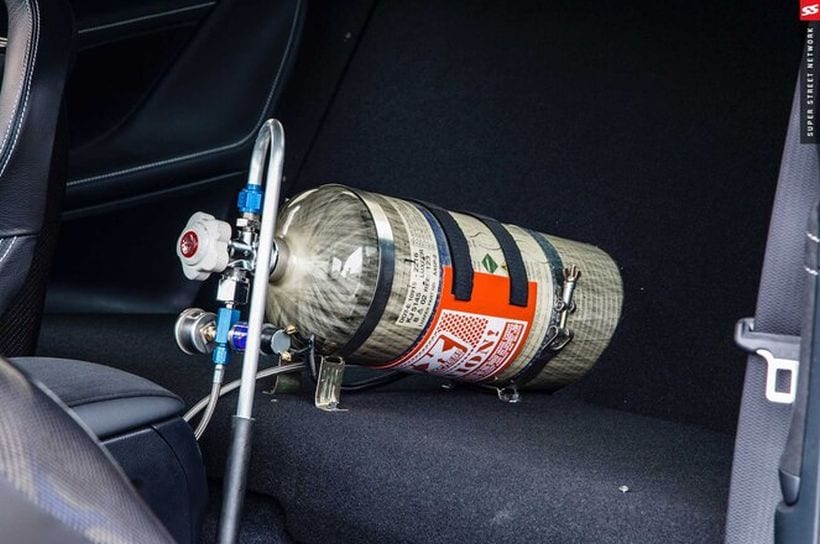
Water-Injection Kit. There are several advantages to these kits. As well as boosting mileage they reduce carbon deposits in combustion chambers. They also improve horse-power if used with a turbocharger or supercharger. Just don’t use them with a naturally aspirated engine as they won’t make any difference.
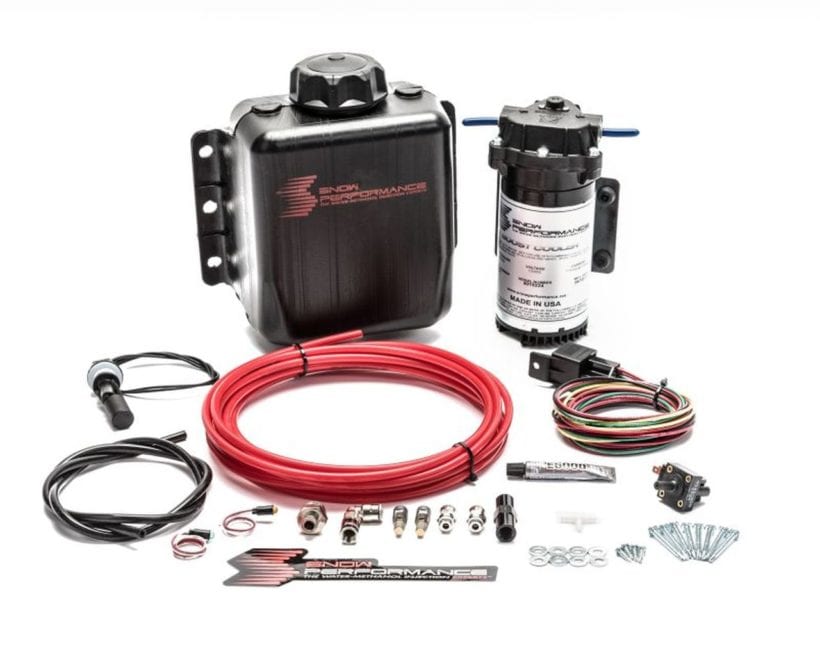
Performance Camshaft. Although a costly investment, and noisy in operation, a performance camshaft can boost power and acceleration to your engine by improving the timing and duration of the valve openings in there. The lobe profile of a performance camshaft is tailored to make use of the engine’s potential. More air can enter the inlet valves, increasing the engine’s power.
